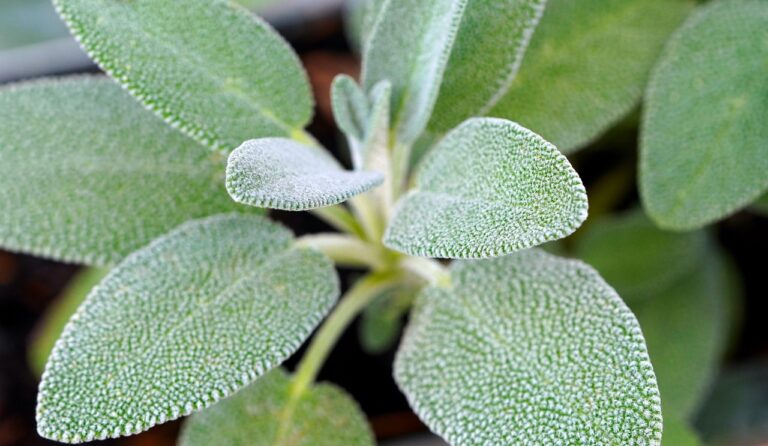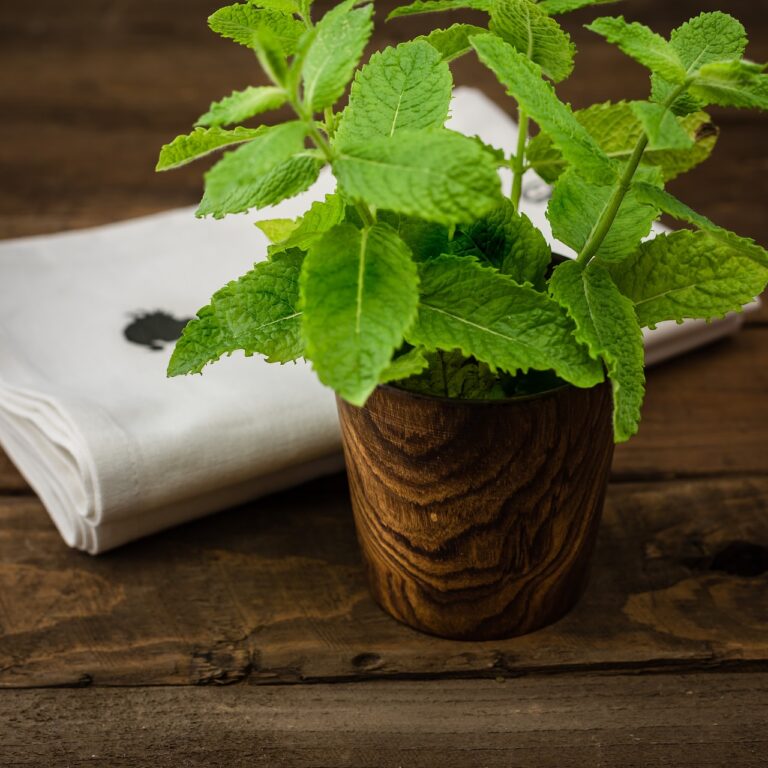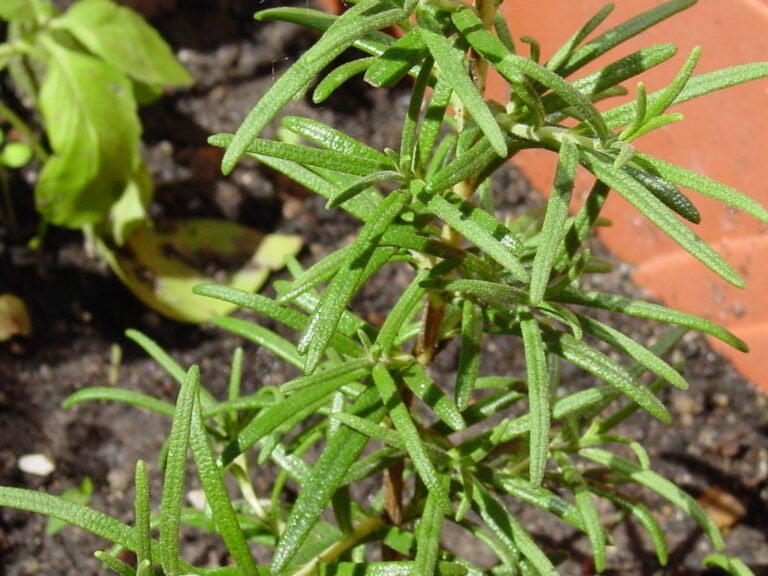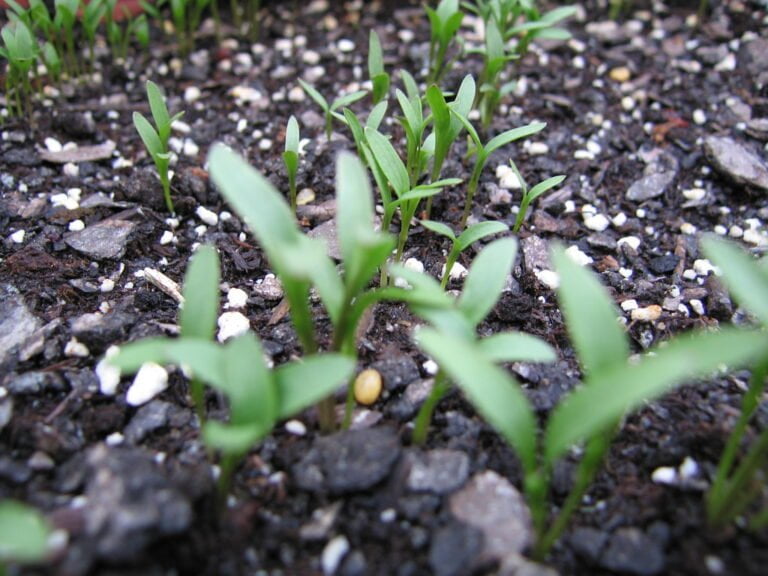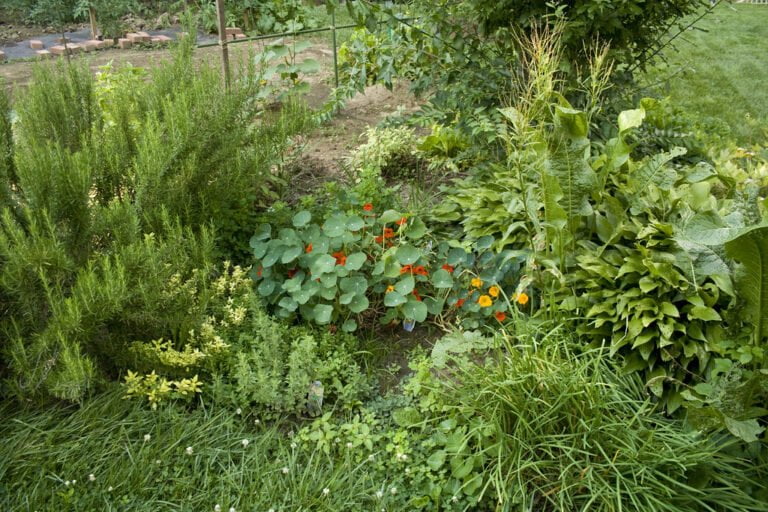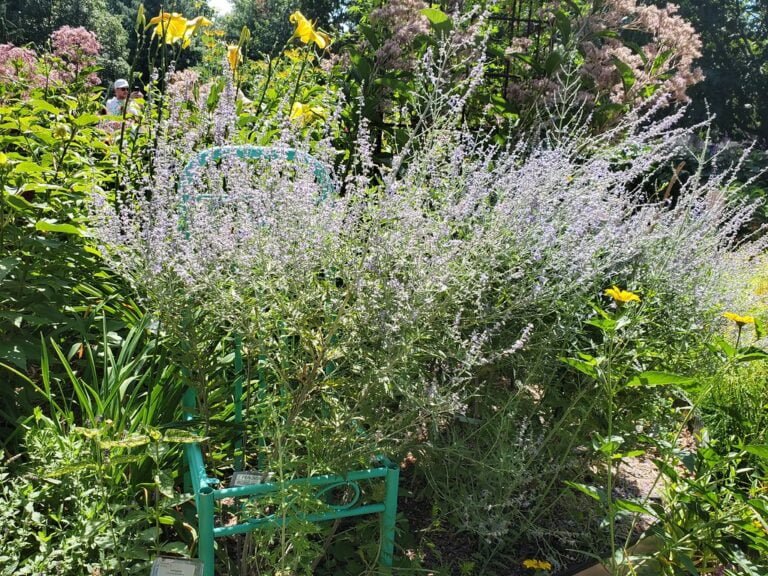Understanding the Propagation of Basil Plants
Understanding the propagation of basil plants involves mastering the art of growing new basil specimens. Methods include seed germination, cuttings, or plant division. Precision in light exposure, soil moisture, and temperature regulation is vital for successful cultivation. Guarantee proper tools, such as sharp snippers and gloves, for effective propagation. Start with 4-inch cuttings in moistened soil, providing bright, indirect light. Monitor root formation within 2-4 weeks. Maintain ideal conditions and transfer cuttings to pots for continued growth. Harvest mature leaves for consumption, promoting new growth. Success in basil propagation requires attention to detail in every step.
Benefits of Basil Propagation
When propagating basil plants, the benefits of this method become evident through the significant reduction in growing time, allowing for expedited plant development. By using cuttings to propagate basil, roots can form in as little as 2 to 4 weeks, hastening the process of growing new plants. This quick establishment of roots enables a continuous harvest of fresh basil, making it a convenient option for those desiring year-round herb production.
The speed at which basil cuttings can root and develop into mature plants is a key advantage of propagating basil. Unlike starting from seeds, which can take longer to germinate and grow, using cuttings provides a quicker route to having fully grown basil plants ready for harvest. This rapid turnaround allows for a continuous and abundant supply of fresh basil throughout the year, ensuring a steady source of aromatic herbs for culinary use.
Additionally, by choosing to propagate basil, one can skip the time-consuming process of nurturing seedlings, making it a more efficient method for obtaining mature plants. With simple steps like taking 4 to 6 inch cuttings and providing adequate light, anyone can successfully propagate basil plants and enjoy the benefits of quick and continuous harvests of fresh herbs.
Essential Tools for Basil Propagation
To successfully propagate basil plants, essential tools such as sharp sterile snippers for taking cuttings from mature plants are indispensable. These snippers should be disinfected before each use to prevent the spread of diseases. When planting basil cuttings, a wide dibber is a handy tool for creating holes in the soil where the cuttings can be placed. Additionally, wearing gloves not only safeguards your hands but also prevents any potential contamination of the cuttings.
Pruners are essential for maintaining the health and vigor of basil plants. Regularly trimming the plants encourages new growth and guarantees a bushier, more productive plant. Proper pruning techniques can help shape the basil plant and prevent it from becoming leggy or overcrowded.
When working with soil during basil propagation, a weed barrier cloth can be beneficial. This cloth helps to retain soil moisture, suppress weed growth, and maintain a tidy planting area. By using these tools in conjunction with best practices, such as proper planting depth and spacing, you can promote healthy growth in your propagated basil plants.
Steps for Propagating Basil in Soil
To propagate basil in soil successfully, it is essential to start with 4-inch cuttings from a mature plant. Fill pots with moistened potting soil and gently insert the cuttings, ensuring the soil remains consistently moist but not waterlogged. Providing bright, indirect light will support the basil cuttings in forming roots within two to four weeks for a successful propagation process.
Soil Preparation Tips
Fill pots with moistened potting soil to effectively propagate basil cuttings. Insert 4-inch basil cuttings from mature plants into the prepared soil, ensuring the nodes are below the surface. It is essential to maintain soil moisture at an ideal level to support successful root development without causing waterlogging. Provide bright, indirect light to the pots to encourage rooting of the basil cuttings in the soil. Typically, roots of basil cuttings start to form within two to four weeks when propagated in soil. Monitoring soil moisture levels and ensuring adequate light exposure are key factors in achieving successful propagation of basil through cuttings.
Care After Planting
After placing the basil cuttings into the soil, the next step in propagating basil is to monitor the moisture levels and provide sufficient light for optimal root development. Confirm the soil is consistently moist but avoid overwatering, as this can lead to root rot. Place the pots in an area with bright, indirect light to promote root formation. Roots typically begin to develop within two to four weeks. As the cuttings grow, watch for the emergence of new leaves, indicating successful propagation. Once new leaves appear, remove any plastic covering from the pot to encourage healthy growth. By carefully managing water, light, and soil conditions, you can effectively propagate basil cuttings for robust plant growth.
Tips for Successful Basil Cuttings
When propagating basil plants through cuttings, selecting young, non-flowering shoots is essential for maximizing the success of root development. Basil cuttings taken from young, immature shoots without flowers have a higher chance of rooting successfully. Root development in basil cuttings can be encouraged by placing them in water, where roots typically form within 10 to 14 days. For successful transplanting, a mixture of water and potting soil can be utilized to provide the cuttings with the necessary nutrients for growth.
The rooting success of basil cuttings is significantly higher when sourced from young shoots rather than blooming plants. To maintain ideal conditions for rooting, it is vital to keep the soil moist around the cuttings and provide them with partial shade. These conditions create a favorable environment for root development and overall plant growth.
Managing Light and Water for Basil
To guarantee ideal growth and health of basil plants, it is vital to carefully manage the light exposure and water requirements. Basil plants require a minimum of 6-8 hours of direct sunlight daily for best growth. However, if cultivating basil indoors, providing bright, indirect light can compensate for the lack of direct sunlight, especially during the winter months. Monitoring the light exposure and adjusting accordingly is key to make sure the plants grow vigorously and produce flavorful leaves.
When it comes to watering basil, it is important to strike a balance. Overwatering can lead to root rot, which is harmful to the plant’s health. It is crucial to maintain soil moisture at an adequate level without saturating the plant. Basil plants thrive in well-draining soil as it prevents waterlogged conditions that can harm the roots. Proper soil drainage is essential to avoid water-related issues and ensuring the basil plants receive enough oxygen for healthy growth.
In indoor gardening, where control over environmental factors is more limited, paying close attention to the light and water needs of basil plants becomes even more vital. By managing light exposure and water levels effectively, one can promote ideal growth conditions for basil plants, leading to thriving and flavorful herbs.
Transferring Basil Cuttings to Pots
Controlling light exposure and water levels for basil plants is vital for their optimal growth; now, let’s focus on moving basil cuttings to pots. When transferring basil cuttings, it’s important to prepare a well-draining potting mix to support proper root development. Trim the cutting just below a leaf node to stimulate new root growth before carefully placing it in the potting mix. Water the cutting generously after potting to settle the soil and provide the necessary moisture for growth.
Position the potted basil cutting in a sunny location to maximize photosynthesis and guarantee overall plant health. Adequate sunlight will assist in the cutting’s transformation into a thriving basil plant. Regularly monitor soil moisture levels in the pot to avoid the common pitfalls of overwatering or underwatering. Consistent soil moisture is key to supporting the basil cutting’s establishment in its new environment.
Harvesting Basil Leaves for Consumption
Harvesting basil leaves for consumption ideally occurs in the morning to capture the finest flavor and aroma. Using sharp scissors, carefully cut basil leaves from the top of the plant to promote continued growth. It is essential to regularly harvest basil leaves to promote new growth and deter the plant from flowering prematurely. When harvesting, avoid taking more than one-third of the plant at a time to guarantee the health and vitality of the basil.
For best freshness, store harvested basil leaves in a sealed plastic bag with a damp paper towel in the refrigerator. This method helps maintain the leaves’ moisture and flavor for an extended period. By following these steps, you can enjoy a bountiful harvest of basil leaves while ensuring the plant’s longevity and productivity.

